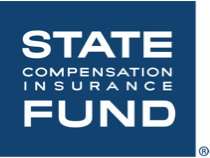
Sign in to your account
You Are Now Leaving the State Fund Site
The Episerver CMS tool is a third-party proprietary system that is restricted to authorized State Fund users acting in accordance with the terms of the Episerver contract, State Fund’s corporate policies, and applicable law.
The use of this system is monitored for compliance purposes by both State Fund and Episerver. By accessing the Episerver CMS tool, you acknowledge that you are leaving the State Fund network and are being re-directed to the Episerver site. By using the Episerver site, you consent to Episerver’s use of your information and to Episerver’s privacy policy, which is different from State Fund’s.